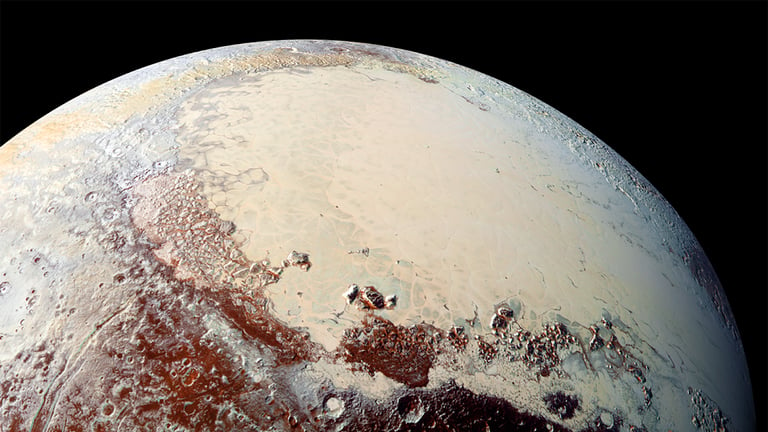NASA Plans $3 Billion Mission to Unlock Pluto's Ocean Secrets by 2060
August 25, 2025
NASA's upcoming Persephone mission aims to revisit Pluto to investigate the presence of a subsurface ocean, which is crucial for understanding its geological activity and potential habitability.
The mission's extended duration will involve multiple generations of scientists, requiring careful knowledge transfer and training to ensure continuity across decades.
Launch opportunities are available between 2029 and 2032, but future missions face constraints due to planetary alignments and the need for advanced radioactive power sources.
A return journey to Pluto would take approximately 27.5 years, powered by advanced RTGs, and would require significant technological and financial investments, estimated at around $3 billion.
The spacecraft will carry 11 instruments designed to analyze surface composition, atmospheric properties, and internal structure through gravity and topography measurements.
The mission is planned to operate for just over three years at Pluto, with potential extensions to explore other Kuiper Belt objects, offering insights into the solar system's formation.
Persephone will also study Pluto's smaller moons—Nix, Hydra, Kerberos, and Styx—to understand their surface features, origins, and any debris from their formation.
Despite the challenges and costs, the Persephone mission could greatly enhance our understanding of Pluto's geophysical state and evolution, marking a flagship-level exploration effort.
Key objectives include detecting signs of a warm interior, mapping the surface in various wavelengths, studying surface features like methane ice spikes and ice mountains, and analyzing Pluto's atmosphere through mass spectrometry.
Summary based on 1 source
Get a daily email with more Science stories
Source

Live Science • Aug 25, 2025
New Pluto mission could uncover dwarf planet's hidden ocean — if the 'queen of the underworld' gets…